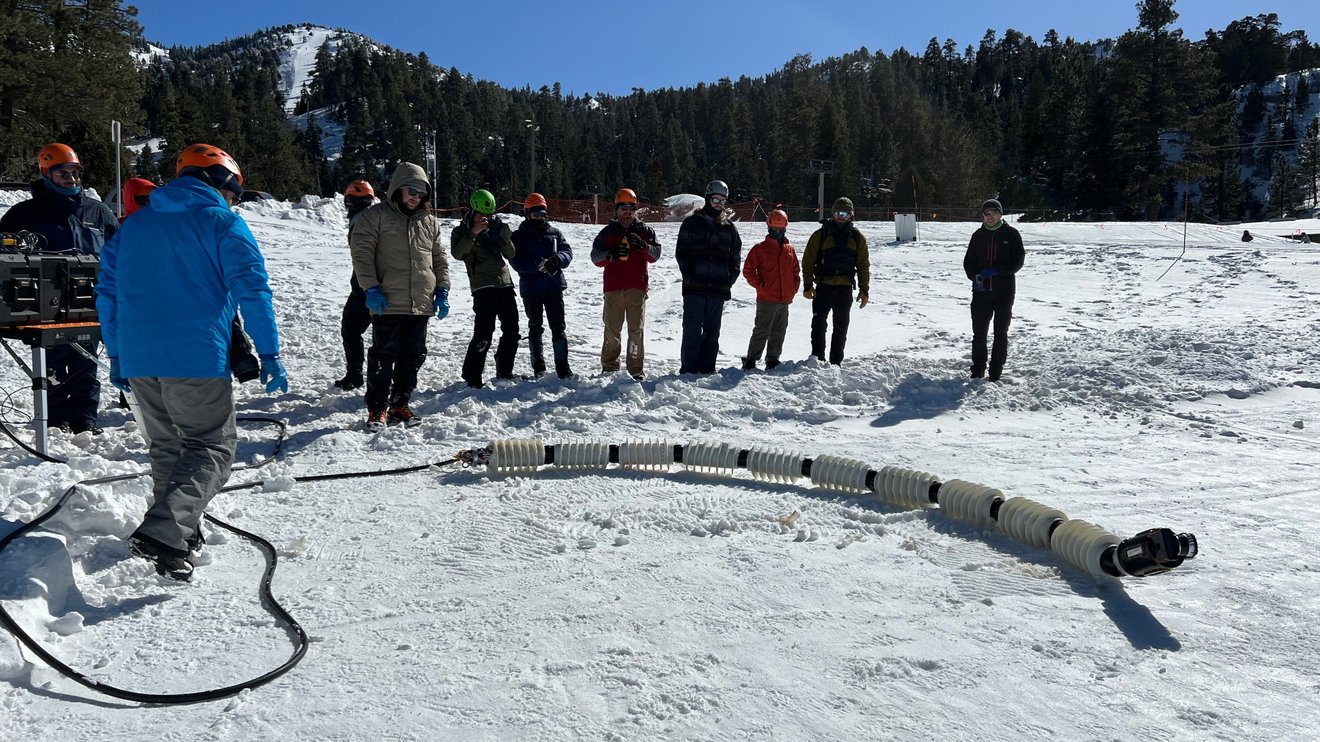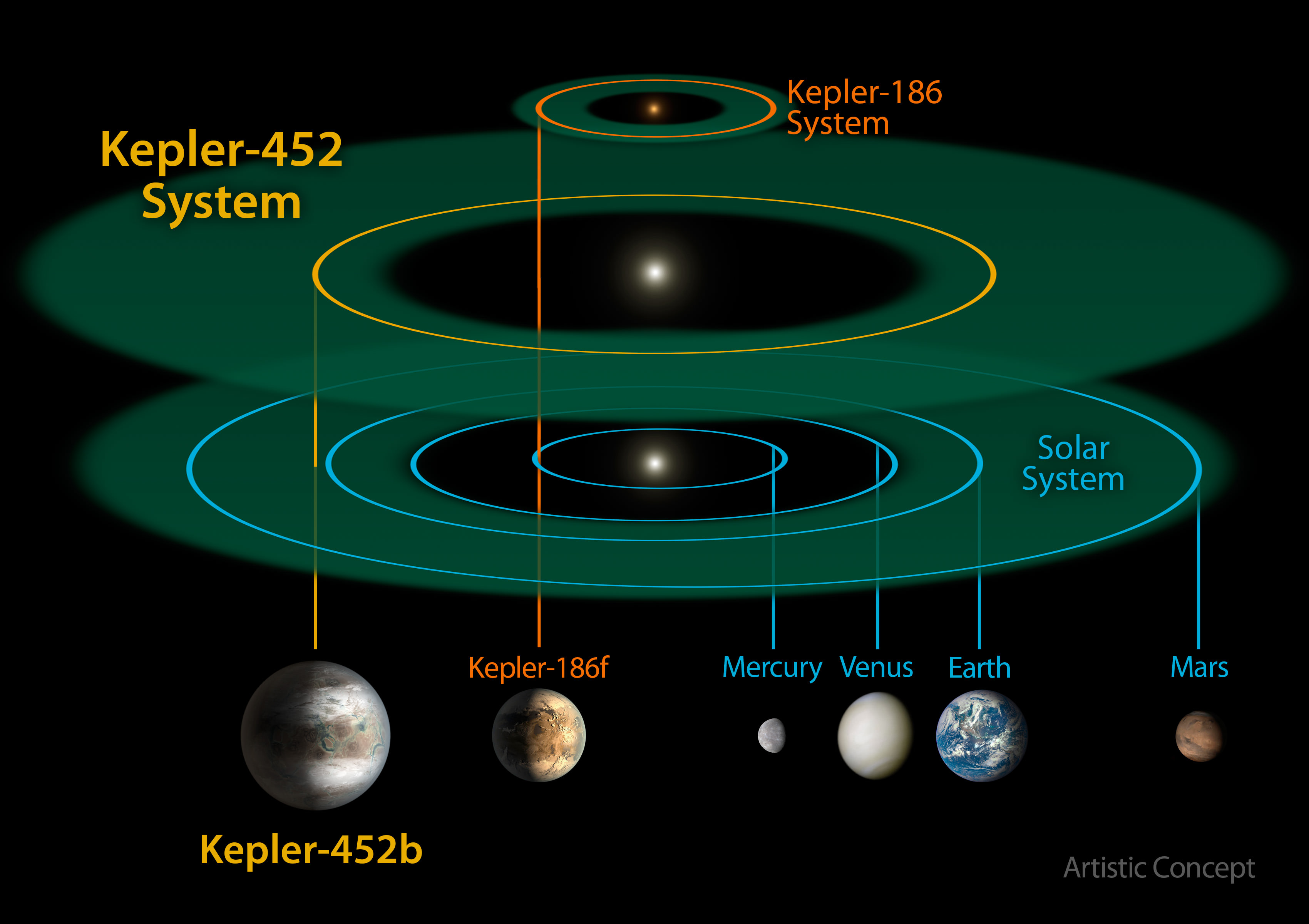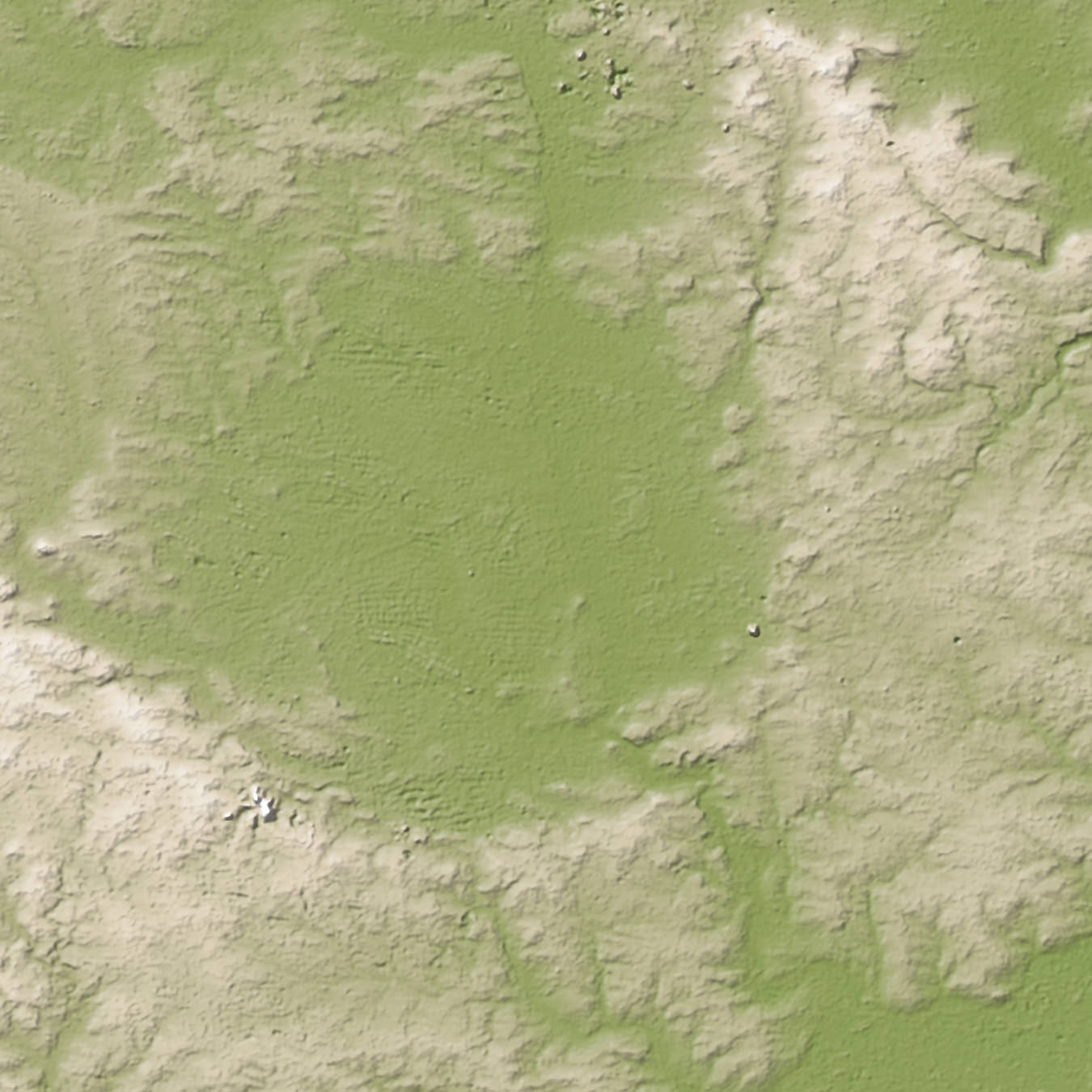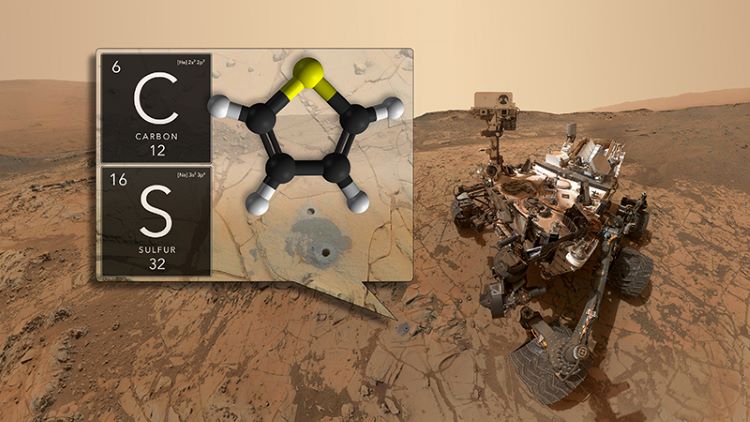Universe Today has recently had the privilege of investigating a myriad of scientific disciplines, including impact craters, planetary surfaces, exoplanets, astrobiology, solar physics, comets, planetary atmospheres, planetary geophysics, cosmochemistry, meteorites, radio astronomy, and extremophiles, and how these multidisciplinary fields can help both scientists and space fans better understand how they relate to potentially finding life beyond Earth, along with other exciting facets. Here, we will examine the incredible field of organic chemistry with Dr. Andro Rios, who is an Assistant Professor in Organic Chemistry at San José State University, regarding why scientists study organic chemistry, the benefits and challenges, finding life beyond Earth, and potential paths for upcoming students. So, why is it so important to study organic chemistry?
Continue reading “Organic Chemistry: Why study it? What can it teach us about finding life beyond Earth?”NASA Tests a Robotic Snake That Could Explore Other Worlds

Rovers have enabled some amazing explorations of other worlds like the Moon and Mars. However, rovers are limited by the terrain they can reach. To explore inaccessible terrain, NASA is testing a versatile snake-like robot that could crawl up steep slopes, slither across ice, and even slide into lava tubes. Called Exobiology Extant Life Surveyor (or EELS), this robot could cross different terrains and create a 3D map of its surrounding to autonomously pick its course, avoiding hazards to reach its destination.
Continue reading “NASA Tests a Robotic Snake That Could Explore Other Worlds”Nitrous Oxide, aka “Laughing gas”, Could be an Indication of Life in an Exoplanet

A team of astronomers have proposed to hunt for signs of life by looking for the signature of nitrous oxide in alien atmospheres. It’s laughing gas, but it’s no joke.
Continue reading “Nitrous Oxide, aka “Laughing gas”, Could be an Indication of Life in an Exoplanet”Is the Concept of a Habitable Zone Too Wide?

In our search for exoplanets, we have found more than three dozen potentially habitable worlds. It’s estimated that there are 8 to 20 billion potentially habitable, Earth-like worlds in our galaxy alone. But there is a big difference between potentially habitable and actually habitable, and scientists are starting to narrow their definitions.
Continue reading “Is the Concept of a Habitable Zone Too Wide?”German Impact Crater Could Have Hosted Early Life On Earth

Could life thrive in the devastated rock left behind after a meteorite impact? A new study hints that possibly, that could be the case. Researchers discovered what they think are geological records of biological activity inside of Nördlinger Ries, a crater in Germany that is about 15 miles (24 kilometers) wide.
What the researchers say could be microbial trace fossils — specifically, tiny “tubular features” — were spotted inside the impact glass created after the meteorite impact melted the surrounding rock. These features are tiny — one-millionth to three-millionths of a meter in diameter — and were examined with spectroscopy and scanning electron microscopy to confirm the findings, the team stated.
“The simplest and most consistent explanation of the data is that biological activity played a role in the formation of the tubular textures in the Ries glasses, likely during post-impact hydrothermal activity,” stated post-doctoral fellow Haley Sapers, a post-doctoral scholar at the University of Western Ontario who led the research.
The researchers suggest that on other planets, looking in impact glass might be a good spot to search for tubular features such as the ones they found. The findings are peer-reviewed, but we’ll be interested to see what independent research teams make of the data collected.
You can read more about the research in the journal Geology.
Source: University of Western Ontario

